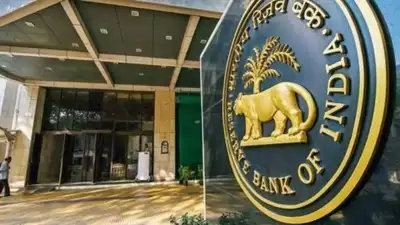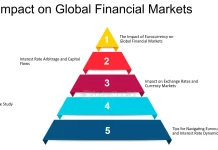RBI’s historic Rs 2.1 lakh crore dividend: For the financial year 2023–24, the Central Board of the Reserve Bank of India (RBI) approved the largest-ever surplus transfer, or dividend, to the Central government on Wednesday, amounting to Rs 2.11 lakh crore.
This amount would come as an unexpected boost to the government’s fiscal position as it is significantly more than the market expectation of a surplus of Rs 1-1.1 lakh crore and the budgeted amount of Rs 1.02 lakh crore announced in the Interim Budget for FY2025, including dividends from banks and financial institutions.
Analysts predicted that the massive dividend payment will reduce the FY25 budget deficit by about 0.2% of GDP. The administration had set an ambitious goal to reduce the budget deficit target from 5.8% of GDP in FY24 to 5.1% of GDP in FY25 in the Interim Budget for FY2025.
The increased dividend amounts to 0.4% of GDP in new fiscal income. The FY25 fiscal deficit may fall short of the budget estimate by 0.2% of GDP due to a possible shortfall in disinvestment receipts and more moderate tax collection growth than anticipated, according to IDFC First Bank Chief Economist Gaura Sen Gupta.
“The Board approved the transfer of Rs 2,10,874 crore as surplus to the Central Government for the accounting year 2023-24,” the RBI stated in a news release. The Reserve Bank of India’s Central Board of Directors met for the 608th time in Mumbai, when a decision regarding the surplus transfer was made.
The RBI board also agreed to raise the Contingent Risk Buffer (CRB) for 2023–24 from 6% in 2022–23 to 6.5% in 2023–24 due to the continued strength and resilience of the economy. The country’s savings for a “rainy day”—a catastrophe involving financial stability—are kept with the RBI on purpose because of its function as Lender of Last Resort (LoLR). It is the portion of the RBI’s economic capital needed to cover the risks associated with lending, operations, and monetary and financial stability.
The increased payout to the government, according to Bank of Baroda Chief Economist Madan Sabnavis, is partially attributable to an increase in the RBI’s revenue from the variable repo rate (VRR) auctions held during the prior year to give banks financing support in the face of tight liquidity conditions.
Due to the liquidity shortfall, RBI has continued to lend money to banks in 2023–2024. The RBI made money through the VRR auctions at a rate of 6.5% on an average shortfall of Rs 1.5–2 lakh crore, according to Sabnavis. According to him, the government would be able to manage the fiscal deficit better thanks to the greater dividend. It can use the extra money for expenditure or lower the deficit by reducing gross borrowing.
The RBI’s increased payout to the government, according to analysts, can also be linked to the revaluation gains on foreign exchange reserves, higher interest rates on both domestic and foreign assets, and noticeably greater gross sales of foreign exchange.
The government has received more than Rs 1 lakh crore in excess of market projections, which is an unexpected bounty. The government’s financial situation and liquidity will undoubtedly benefit from it, according to V Ramachandra Reddy, Head of Treasury of Karur Vysya Bank.
The RBI often uses its surplus revenue from investments, adjustments to the value of its dollar holdings, fees from currency printing, and other sources to pay the dividend. The devaluation of the rupee in relation to the dollar affects the excess transfer as well.
The RBI paid the government a dividend of Rs 87,416 crore in 2022–2023. The Reserve Bank of India transferred a surplus of Rs 30,307 crore in 2021–2022, the lowest amount in ten years. The government received Rs 99,122 crore from the RBI in FY2021. A surplus of Rs 57,128 crore was transferred to the government in the 2019–20 fiscal year.
The Reserve Bank of India (RBI) authorized a record-breaking transfer of Rs 1.76 lakh crore to the government in FY2019. This amount comprised a one-time transfer of excess provisions totaling Rs 52,637 crore, as well as a surplus or dividend of Rs 1.23 lakh crore.





























